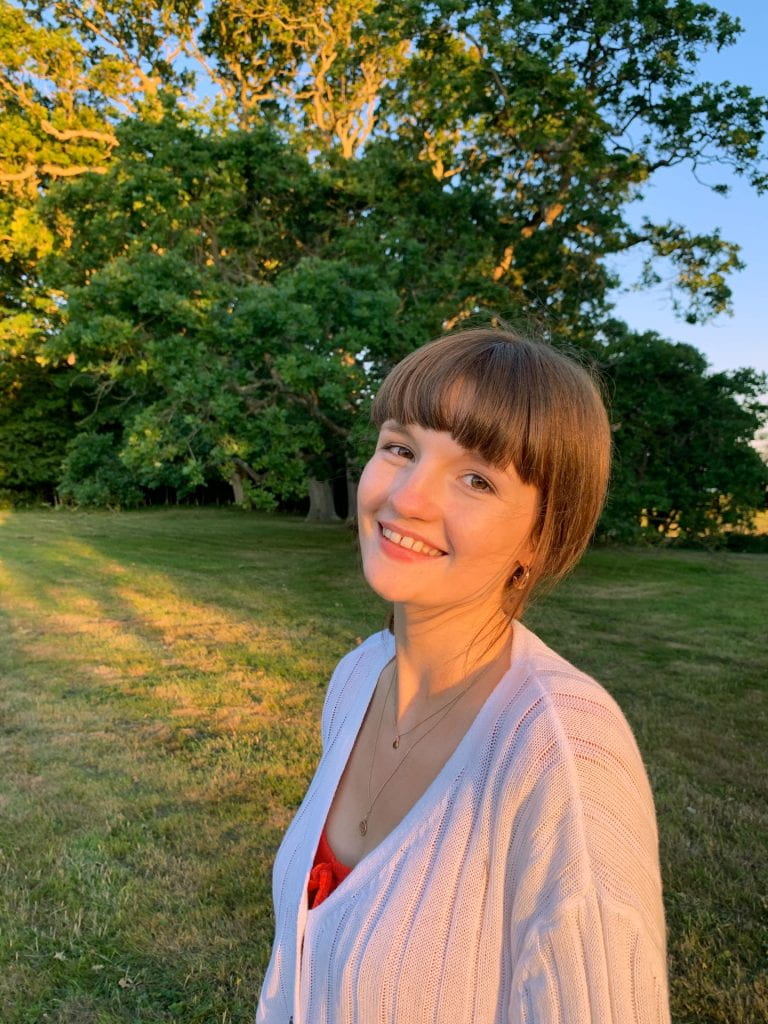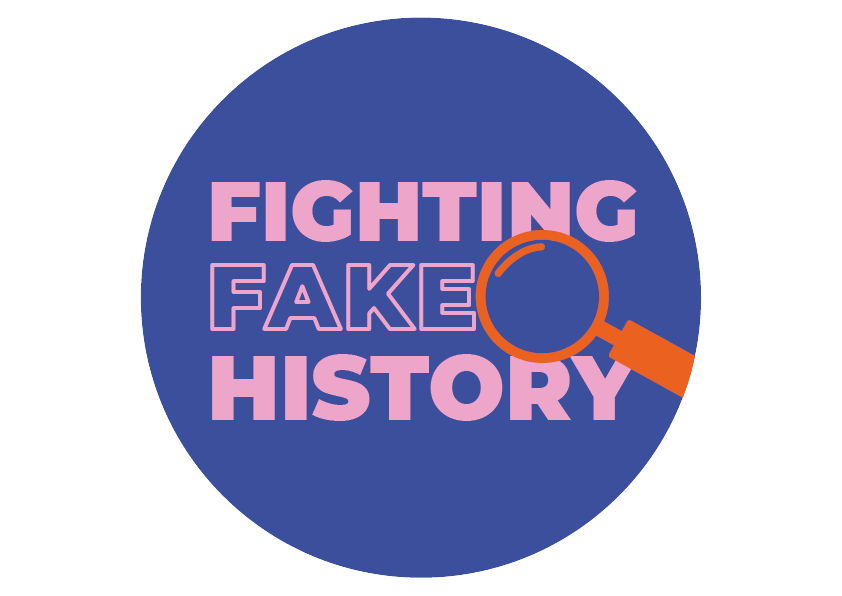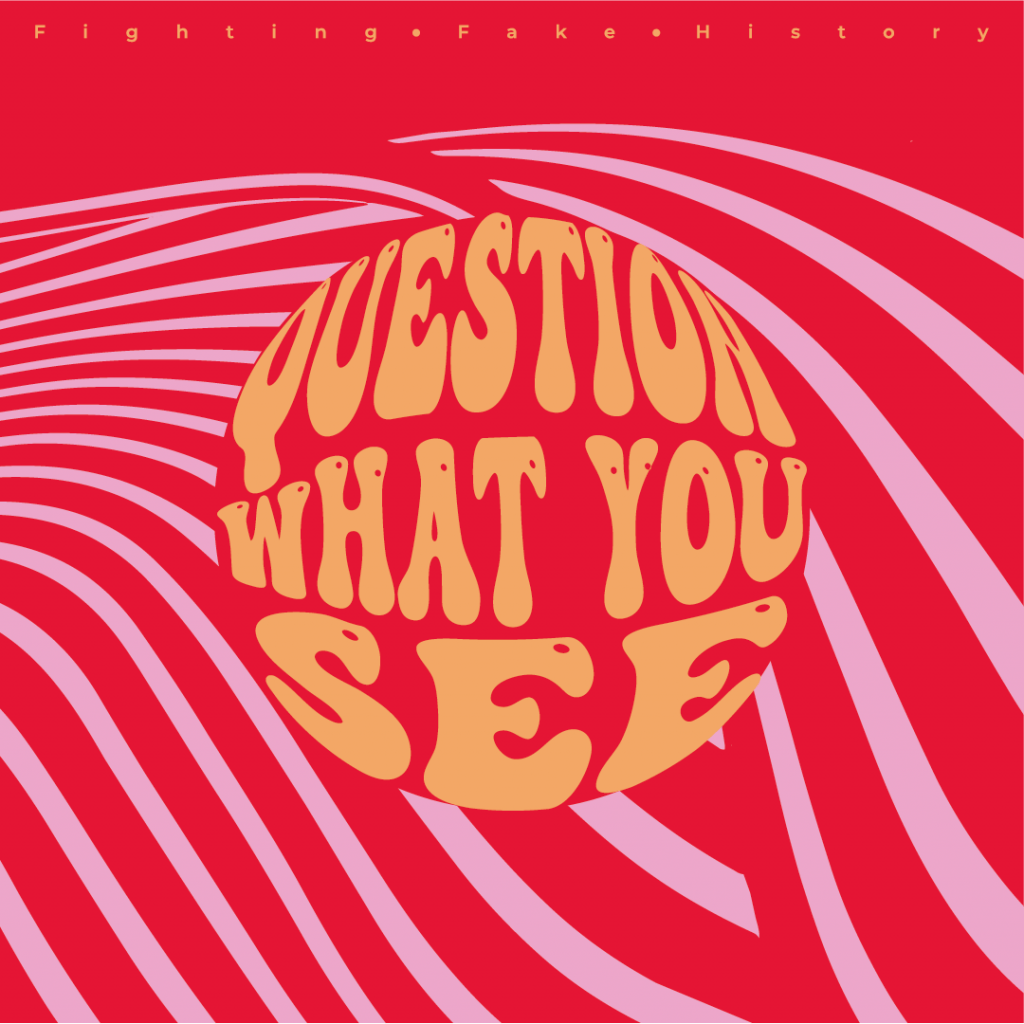In this series, Dr Jessica Moody, unit co-ordinator of the third year Practice-Based Dissertation option, interviews students about their projects and experiences of this unit. The Practice-Based Dissertation was first introduced at Bristol in 2020-21 and enables students to produce a practical, public-facing ‘public history’ output as well as a 5000 word Critical Reflective Report.
In this interview, Jessica talks to Nicola Howard about her project.
JM: Let’s start from the beginning, what made you choose the Practice-Based Dissertation over the standard Dissertation?
NH: I decided to do the Practice-Based Dissertation after really enjoying throwing myself into the second year Public History Project for assessment during lockdown (for the core second year unit, History in Public), where I created a campaign displaying the history of the university’s new Temple Meads Campus. I achieved the best grade of my university career thus far in this assessment, and realised I really enjoyed thinking about how I could communicate history to the public through design. I jumped at the opportunity to do something so fun and creative as my dissertation.
JM: Could you tell us about your public history project?
NH: I created an Instagram account called Fighting Fake History to raise awareness of the issue of fake history on social media. To compliment this, I also created a website where you could find out more about the project and the creator.
JM: Why did you want to undertake this project?
NH: I realised very early on that I wanted to address the dangers and the nature of fake history online as I saw many examples happening around me. I felt like it was a branch of fake news that isn’t very well explored, and mostly goes unchallenged as social media users don’t usually critically analyse every post they see. I wanted to reach the young adult age range, so I made an Instagram account to connect this information to them.
JM: What did you enjoy most about the Practice-Based Dissertation?
NH: I enjoyed creating for my Instagram account the most. A lot of hours went into researching and deciding a colour palate and design style that would excite and entice my audience. I also created a logo for it, which made it feel like a real brand. It was really satisfying when these elements started clicking together.
I also really enjoyed the fact that my style of intervention was totally unique, as it did more than just point out different fake histories but also raised awareness of the dangers of habitual, uncritical engagement with material on social media.
JM: What did you find challenging?
NH: I found balancing the workload challenging, especially as I changed my output idea quite close to the end. When it came to posting on the Instagram account, I wasn’t as consistent as I would have liked due to also trying to write my report and fulfil other uni/extra-curricular commitments. If I were to go back I would have definitely tried to make these decisions a little bit earlier on, but sometimes these things just happen and creative inspiration comes at awkward times!
JM: Did you come across any problems that you needed to address or solve?
NH: The reason why I changed my project close to the end was to solve an issue of reach. I was originally going to create three infographic posters to display this information on a website, which I could circulate online. However, to reach my target audience, I didn’t think this was an appropriate medium, nor one with much shareability to spread the message. To overcome this, I researched different platforms and changed my output to Instagram and a website to increase accessibility.
JM: What do you feel you’ve learnt from this process?
NH: I have learnt to have more confidence in my skills and ideas as a historian. Often, the essays and assessments you write throughout your undergraduate degree just get suspended on blackboard for eternity. The practice-based dissertation, however, brings your ideas alive and to the public. I learnt to embrace this and step outside of my comfort zone.
JM: What do you think public history needs more of? Do you have any reflections or advice from your project for public historians?
NH: I think social media could be used more as a tool to connect more young people to history in engaging ways.
JM: What advice do you have for students just starting the Practice-Based Dissertation?
NH: Try your best to make what you do as unique as you possibly can. For me, this involved making an intervention into something that no one else had done and it was really rewarding.
Also, keep asking questions to yourself about why you are doing things the way you are, as it will help inform your report.
JM: How can people find out more about your project?
NH: You can find out more about my project by following the Instagram account and reading through the posts!
@fightingfakehistory




